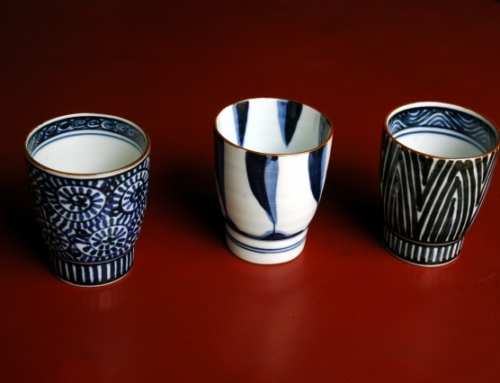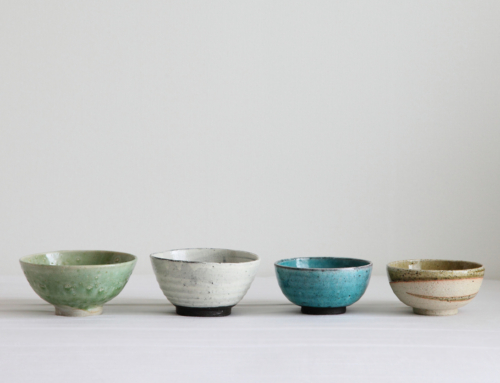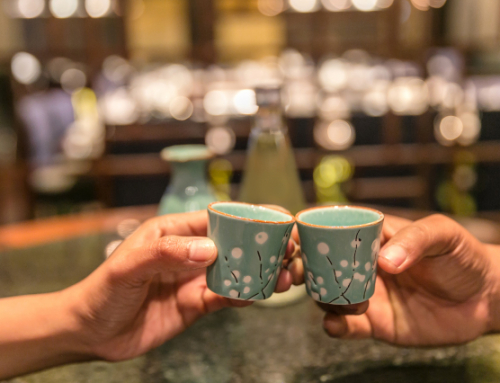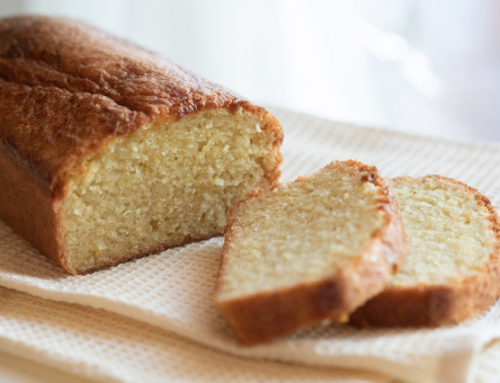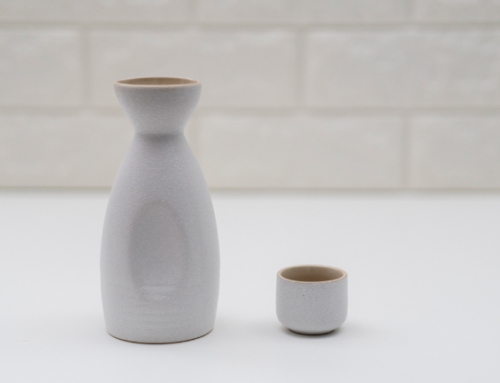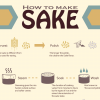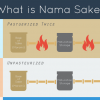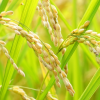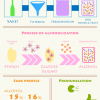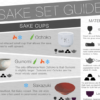Contents
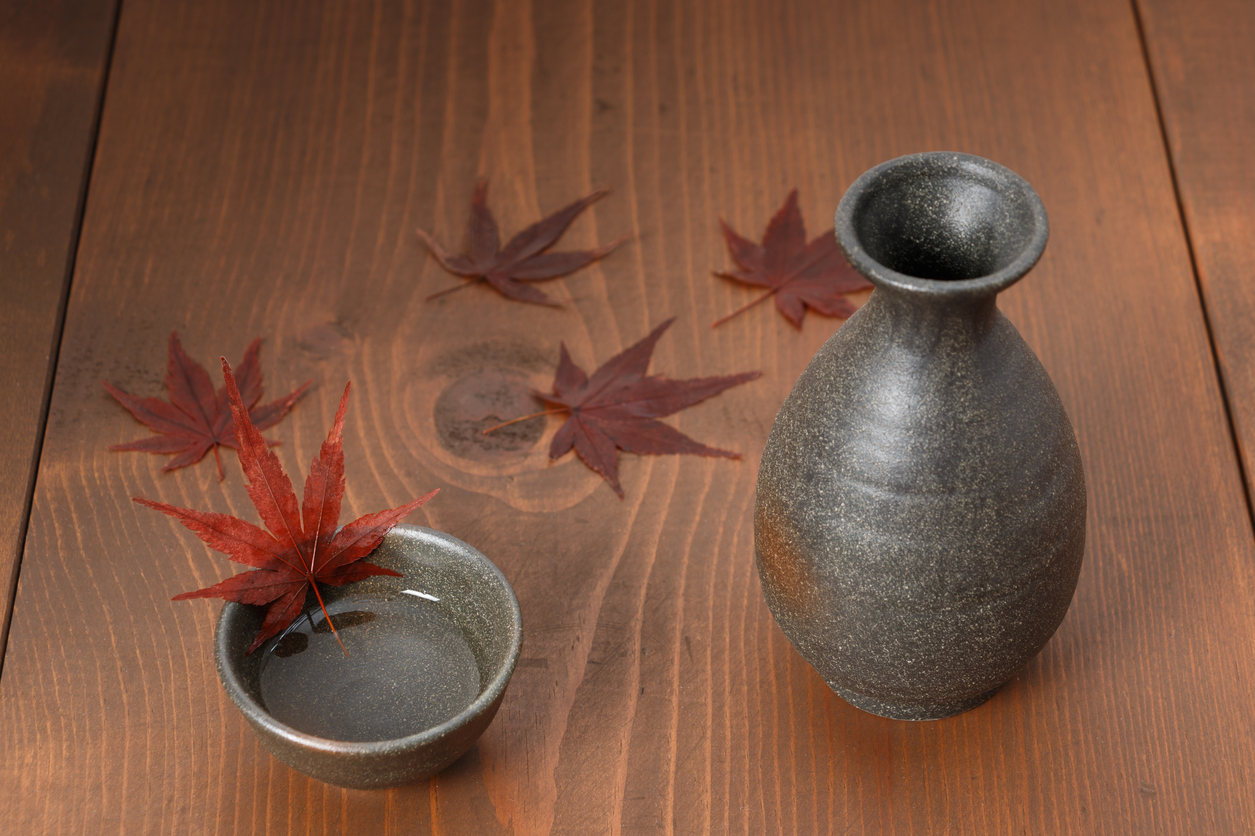
The autumn is the best season for Japanese Sake “Hiyaoroshi”
Do you know if Japanese Sake has the best season? We tend to think that Sake can be drunk all year round, but there are types of Japanese Sake that can be shipped only during “certain periods.”
This time we’d like to introduce the in-season Japanese Sake “Hiyaoroshi”.
We’d like to show you what kind of Sake this Hiyaoroshi is, and explain a little bit of the Sake’s taste and charms.
What is Hiyaoroshi?
Hiyaoroshi is a Sake which has been brewed in winter, then heated up once the Sake is squeezed out in the early spring. During the summer, Sake is aged in the cellar until it is available in the autumn. To something keep cold in cellar’s temperature is known as “Hiya” in Japanese; then, in autumn it is brought down (Orosu). This is the origin of “Hiyaoroshi”.
Precisely, Japanese Sake which is distributed is known as “Seishu.” In seishu, two heat treatment (Hiire) have been down to facilitate the distribution. But with Hiyaoroshi, mentioned above, heat treatment has been done only once.
Therefore, it has more of the fresh taste than the general Seishu, but at the same time, by the ripening period, the taste is more mellow than seishu.
A feature of Hiyaoroshi
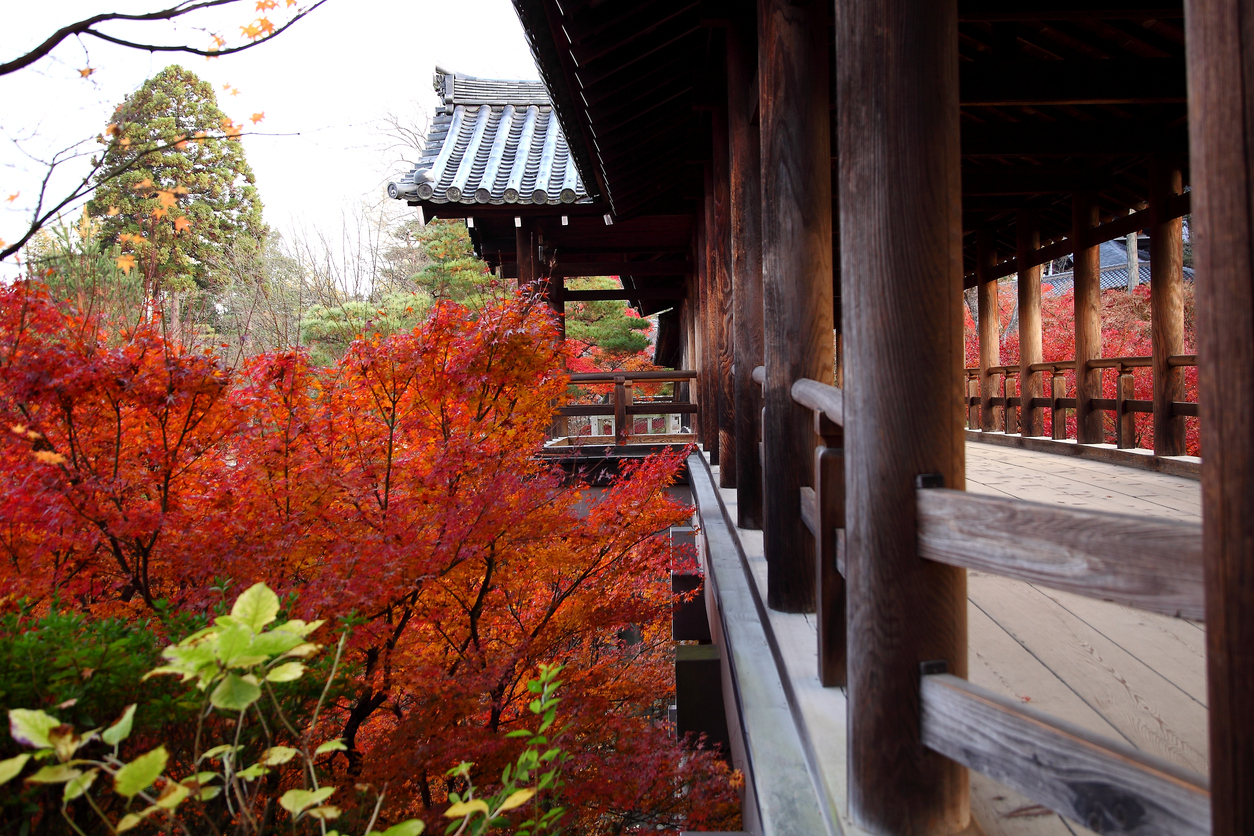
Hiyaoroshi is a Japanese Sake for the season of Autumn, which usually begins in September and finishes in November. Which means you can literally enjoy the Hiyaoroshi during these 3 months. However, as mentioned before, it has given the heat treatment once, during these 3 months, it is aging.
For the Hiyaoroshi which has been brought down in September, the progress of aging is still soft, which covers up any off-notes or sharp tastes, making the taste relatively easy to drink. For those who have never drunk Sake before, this is highly recommended.
Hiyaoroshi around November, when aging has gradually progressed, will be full of rich flavor from the mellow flavors which have harmonized with each other. You can taste the flavor which cannot express in a single word, like the peculiar rich flavor of rice in Japanese Sake. Although it only appears on the market for the short period for 3 months, we are sure you’ll appreciate the variety of flavors during this short period.
The differences between Hiyaoroshi and Akiagari
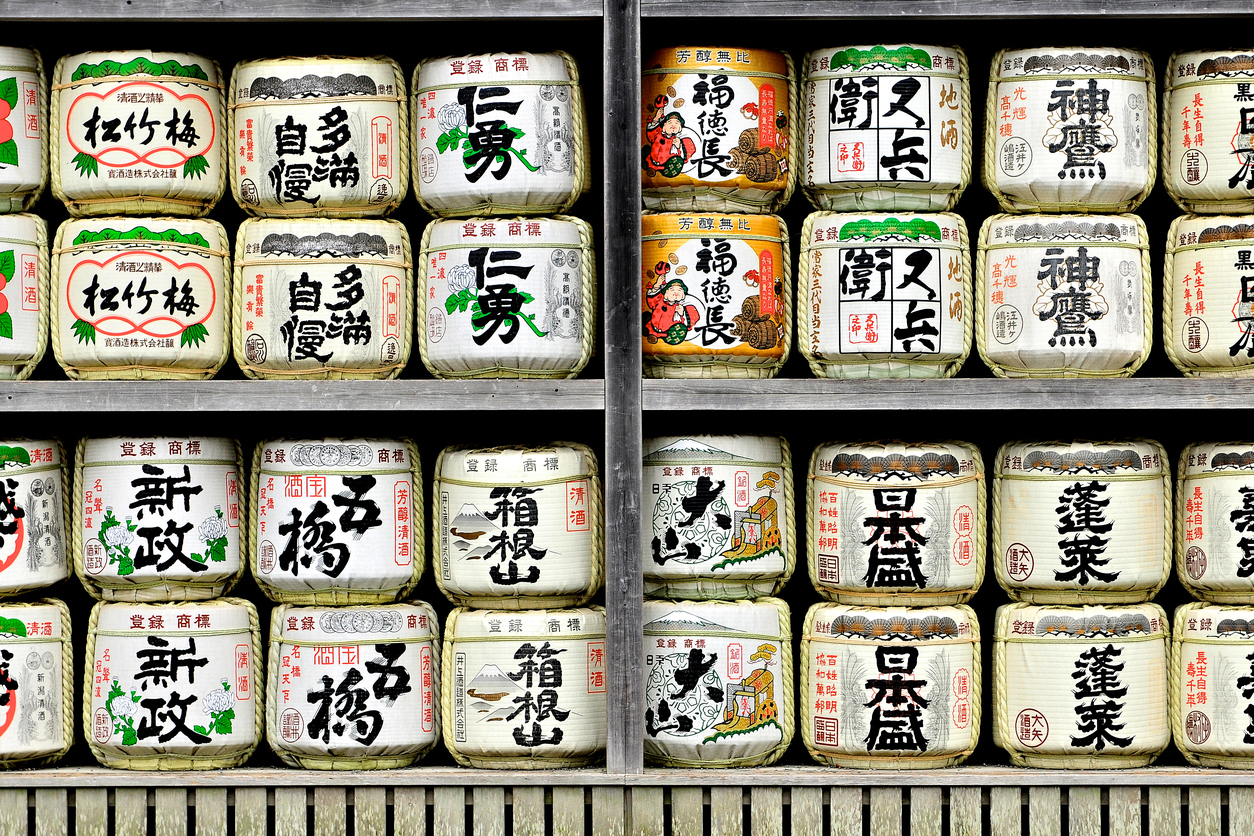
As Japanese Sake distributed around the same time, besides Hiyaoroshi, there is Sake named “Akiagari”. At first, they were recognized as two different things, however nowadays, since both of them are not strictly defined under the Japanese liquor tax law, they refer to almost the same thing.
Even if you try to read the history, since there are various theories, it could be said that though there is a difference, it is very unclear what exactly the difference is. Both of them have only proceeded with one heat treatment and then aged during the summer until its season in autumn.
It is said that the difference is, in general, the Sake itself being aged in the summer is called “Akiagari”. And the Sake available for sale is called “Hiyaoroshi”.
The Japanese Sake itself is the same, but the name seems to change depending on the stated difference.
Good way to drink Hiyaoroshi
So, from here, let’s see the good way to drink Hiyaoroshi, the in-season Sake. It is part of Japanese culture to think of names for small occurrences or even for how it rains. For this reason, Hiyaoroshi, which is distributed only for the short period 3months, has received its name.
We’d like to introduce now the different names which contain the feeling of the Japanese spirit of harmony, the apt temperature depending on the aging condition, and also the dish which perfectly pairs with Hiyaoroshi.
Nagoshi Sake
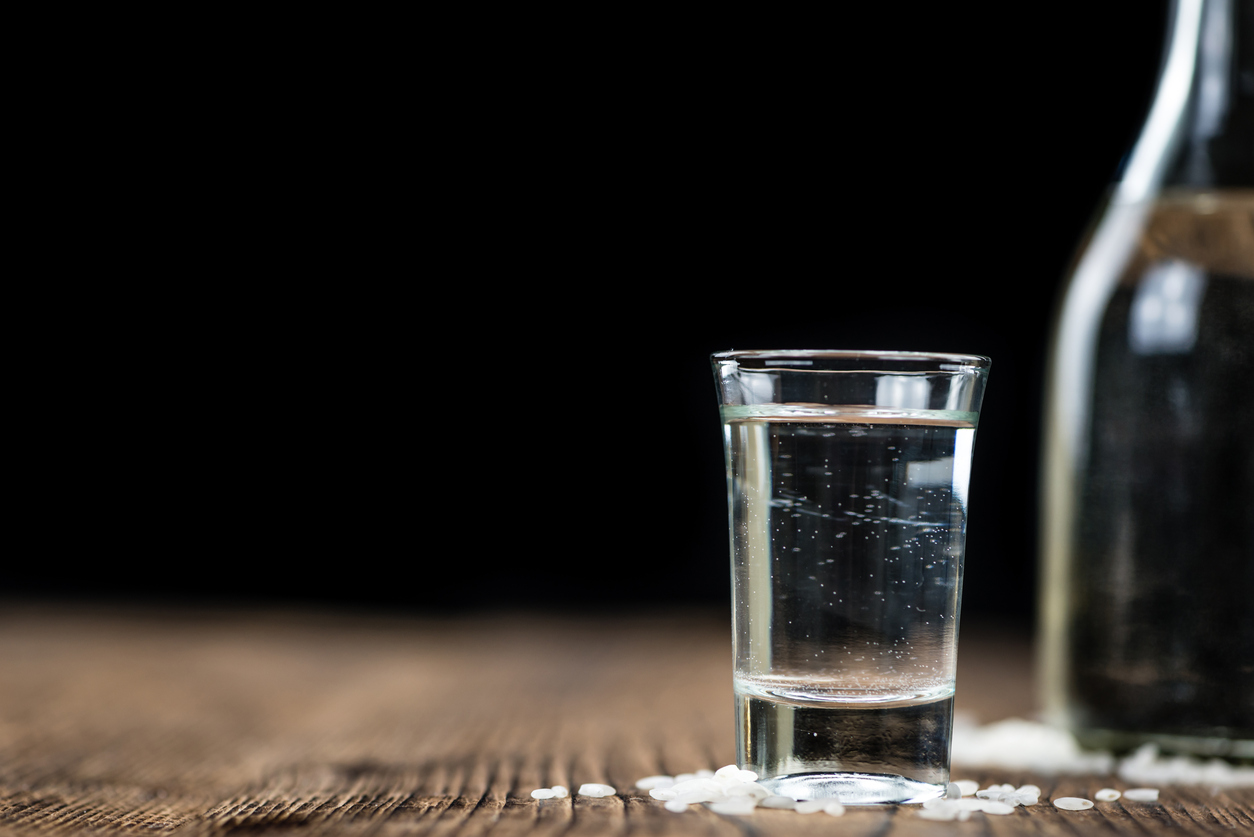
The Hiyaoroshi that comes in in September just after the season opens called “Nagoshi Sake”. It is Sake that ships just after the heated summer, so that literally translates to “Sake that has passed the summer”.
It covers up off-notes such as bitterness, astringency, and roughness from freshly squeezed, and makes the flavor with a mellow taste.
As the aging period is not enough long, the flavor is less strong. But it has a characteristically soft taste.
The fragrance passing through the nose after drinking is very refreshing, making it ideal for those who are not used to the Japanese Sake, or preferably like the dry Sake.
The best way to drink is as an ice-cold Sake
The best way to drink Nagoshi Sake is as an ice-cold Sake, or “Hiya” literally refer to a cold room temperature. Also, when the aging is still soft, the freshness stands out more. For this reason, a cold sake shares the smooth feeling of beer.
Also, as there are still hot days in September, it is recommended to try Mizore Sake. If frozen Hiyaoroshi scooped up by spoon, can cool Sake lovers from the late summer heat.
Plenty of food to suit
As it mentioned before, the young Hiyaoroshi is best-drunk cold. It is the perfect match for any kind of food. Only we’d like to recommend a pairing of an autumn delicacy with the autumn limited Hiyaoroshi.
There is freshness in the flavor of Nagoshi Sake, so even among the autumn delicacy, something plain like mushroom will be a good choice. Try mushroom baked in foil with ponzu sauce to fill your mouth with unique autumn flavors.
Akidashi Ichiban Sake
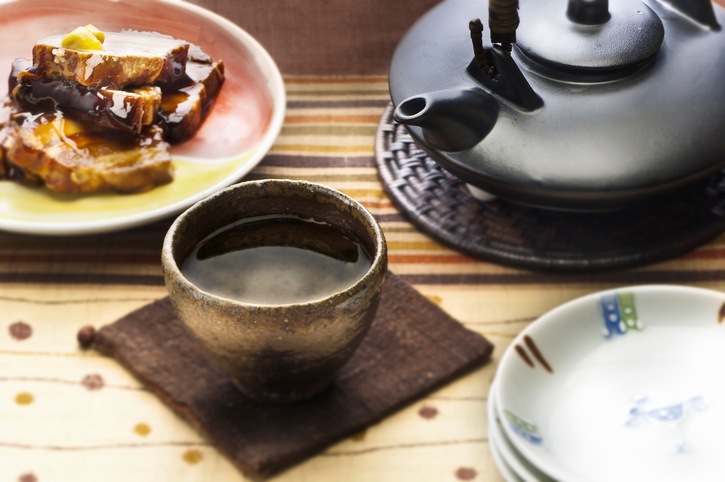
The Hiyaoroshi in October, when autumn is felt in the air, is called “Akidashi Ichiban Sake.” It means “the first Sake to be shipped in autumn.”
A remarkable feature of Akidashi Ichiban Sake is the exquisite balance of its aroma and depth of flavor by aging. Neither too young nor too aged, it is good timing to taste.
It definitely would be the perfect Hiyaoroshi for Sake lovers who always enjoy Japanese Sake or who want to fully enjoy the flavor of Sake, Also, they say that this Hiyaoroshi is the one which has more flavor and known as the tastiest one. It would be a perfect gift for someone who loves Japanese Sake.
Hiyaoroshi that you can enjoy in many ways
For Hiyaoroshi which has the exquisite balance of flavor and aroma, the temperature can be varied in many ways. If you make an icy-cold Sake, you can enjoy its deep flavor and sharpness. On the other hand, if you warm it up, you can enjoy the mild aroma rising up from the Sake.
Also, if you warm up Hiyaoroshi, it brings out the sweetness of the rice. If you like the sweet taste Japanese Sake, it is recommended warm the Sake for more enjoyment.
Whichever way Hiyaoroshi is prepared, it shows different colors. So, we recommend trying different temperatures that Sake lovers have never tried before. Changing the temperature according to the dishes or your mood of the day is also fun.
Enjoy with an autumn delicacy
Hiyaoroshi which can be enjoyed both cold and warm, so it would be nice to pair dishes that match the temperature of that day’s Sake. Also, it is really nice to enjoy the Sake with an autumn delicacy.
Broiled saury with salt is one of the dishes that we’d recommend for pairing. As it is becoming cold at night, it is also fun to try warm sake to accompany the Oden with some friends.
Banshu Umazake
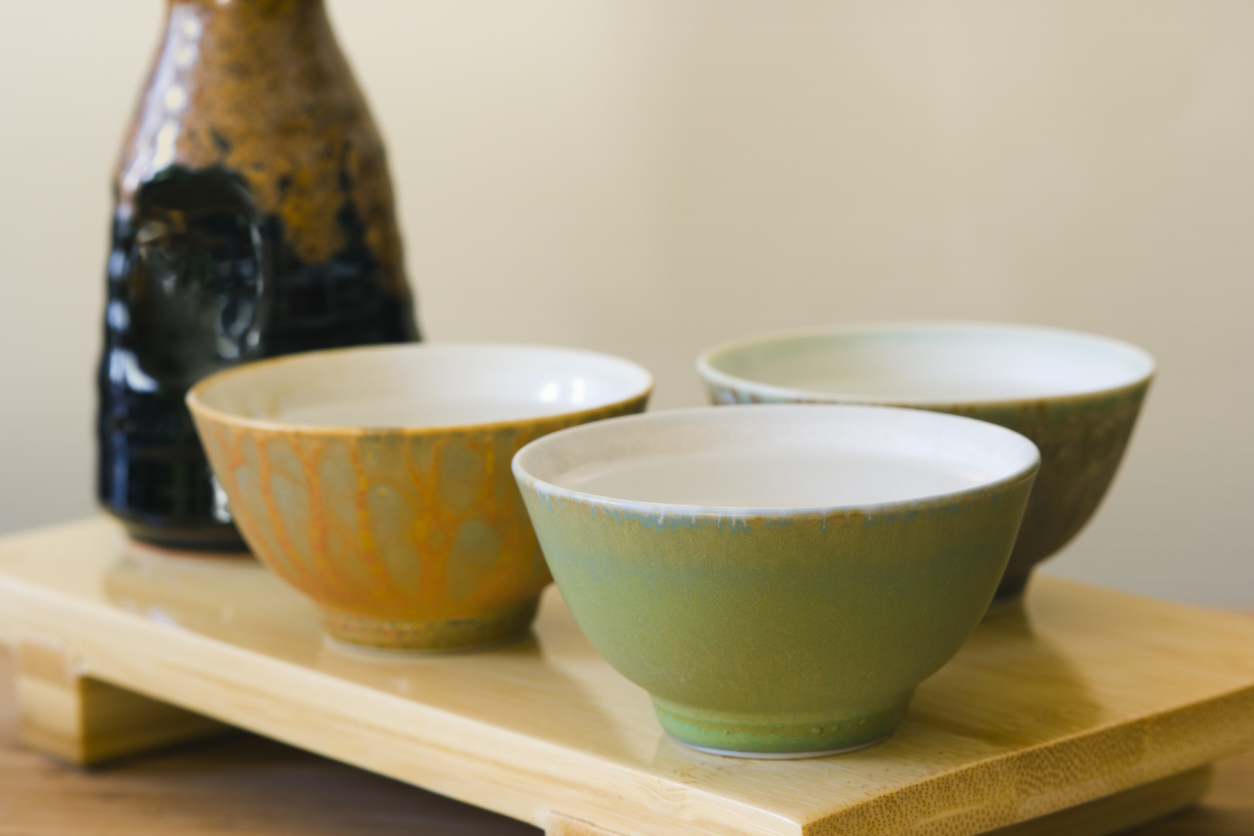
The last Hiyaoroshi that you can try in November is called Banshu Umazake. A well-aged Hiyaoroshi with totally different from the Natsgoshi Sake, characterized by its good, mellow flavor with a strong aroma.
Also, it is thicker, so that the taste is very mellow as if it was a ripe fruit.
The good way to drink this Sake is lukewarm.
This is the season of cold winds in the air in the morning and the evening. The best temperature for Banshu Umazake is lukewarm. That temperature will allow Sake lovers to drink without any coolness yet the sensation of Sake going down your throat is felt.
Sake lovers can warm the body from the inside. Also, Banshu Umazake is, as the name says, the thick flavor, so by warming this mellow flavor, the taste can be fully enjoyed.
Try with food that has rich taste
Since there are good and strong flavors in this Hiyaoroshi, it is recommended to pair foods with strong flavor. Shiokara (fish guts pickled in salt), Buri Daikon (simmered yellowtail with daikon radish), or Dengaku, etc. It also pairs well with Japanese traditional seasonings such as Miso or soy sauce.
Sake lovers can appreciate this great pairing of food with strong flavors, sipping warm sake, enjoying a long autumn evening.

